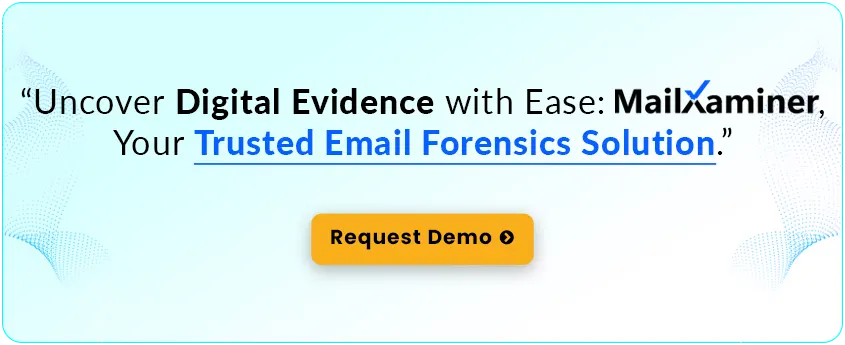Technology | 4 Minutes Reading
Tagging and Labeling of Evidence on Email – Learn Its Importance in Investigation
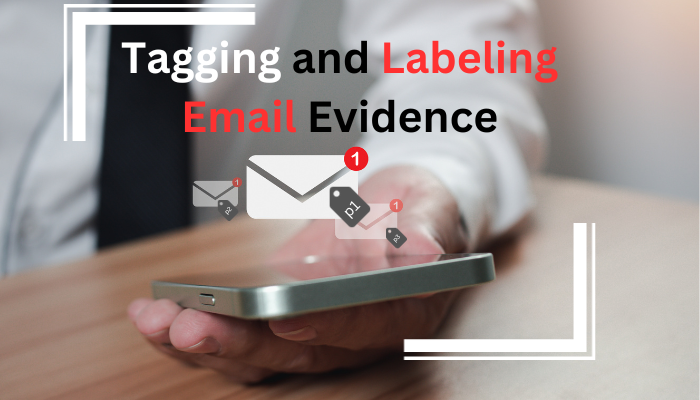
If you are performing an email forensics investigation, then you can’t ignore tagging and labeling email evidence. It’ll help you on every step of your investigation. Follow the article till the end to learn the importance of tagging and labeling and most importantly how you can do it during an investigation of a case.
What is Tagging and Labeling in Computer Forensics?
In the field of digital forensics or computer forensics, tagging and labeling is nothing but a systematic process of classifying and organizing evidence gathered during an investigation.
Since a vast amount of data needs to be analyzed at the time of investigation, this step becomes essential for systematically managing that data. This process ensures that investigators can easily identify, analyze, and present relevant information without any error.
Importance of Tagging and Labeling Digital Evidence
From a forensic point of view, tagging and labeling come in handy in multiple situations. Such as:
-
- Evidence Identification: Evidence found emails could be of any form including images, attachments, videos, pdf, text files, etc. Categorizing enables investigators to quickly identify relevant data to smoothen the investigation.
- Chain of Custody Management: In computer forensics, a clear chain of custody is important. Tags and labels provide the same that helps in documenting the movement and handling digital evidence smoothly.
- Data Overload Reduction: Investigating emails involves going through a large number of data items. Thus, it demands strategic tagging and labeling of evidence to narrow down the focus. It allows investigators to concentrate on suitable information rather than unnecessary information.
- Email Header Analysis: Metadata associated with email can be crucial for an investigation. Proper tagging of the timestamp and other properties would help organize the investigation.
If you are analyzing email contents then manually tagging and labeling could be a daunting task. That’s why we suggest using the professional MailXaminer tool.
Tagging and Labelling Email Evidence Made Easy
As the heading suggests, when you use the above-mentioned tool, tagging and labeling will no longer be an overwhelming task. This tool provides advanced features using which you can add and remove tags as per your need.
Simply install and open the software on your machine. (Click on the below link to buy the tool)
Then follow the below steps.
Step 1. Click on Add Evidence to add the evidence file you have for investigation.

Step 2. Once the evidence file is properly added, you’ll all the data items on the software.
Step 3. Right-click on a particular data item and there you’ll see the Add tag option. Click on the same.
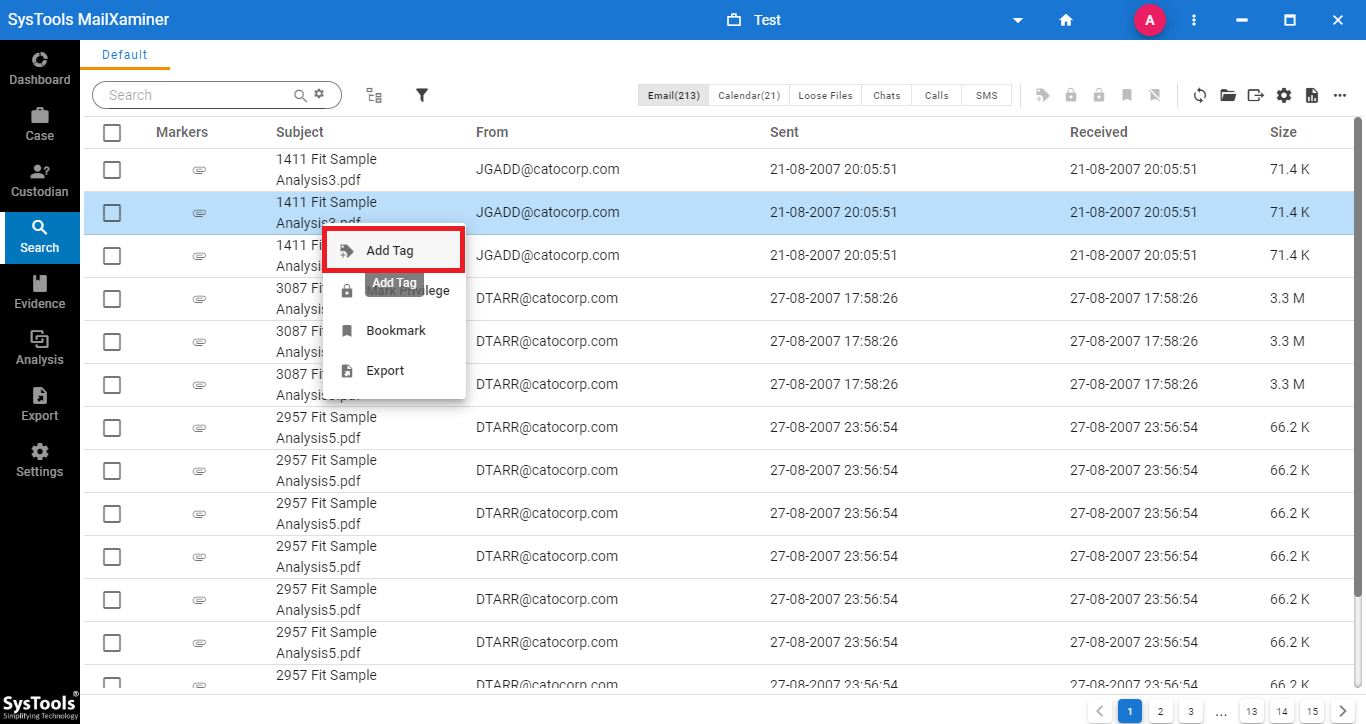
Step 4. Fill in the necessary fields such as tag name and description then save it for future reference.
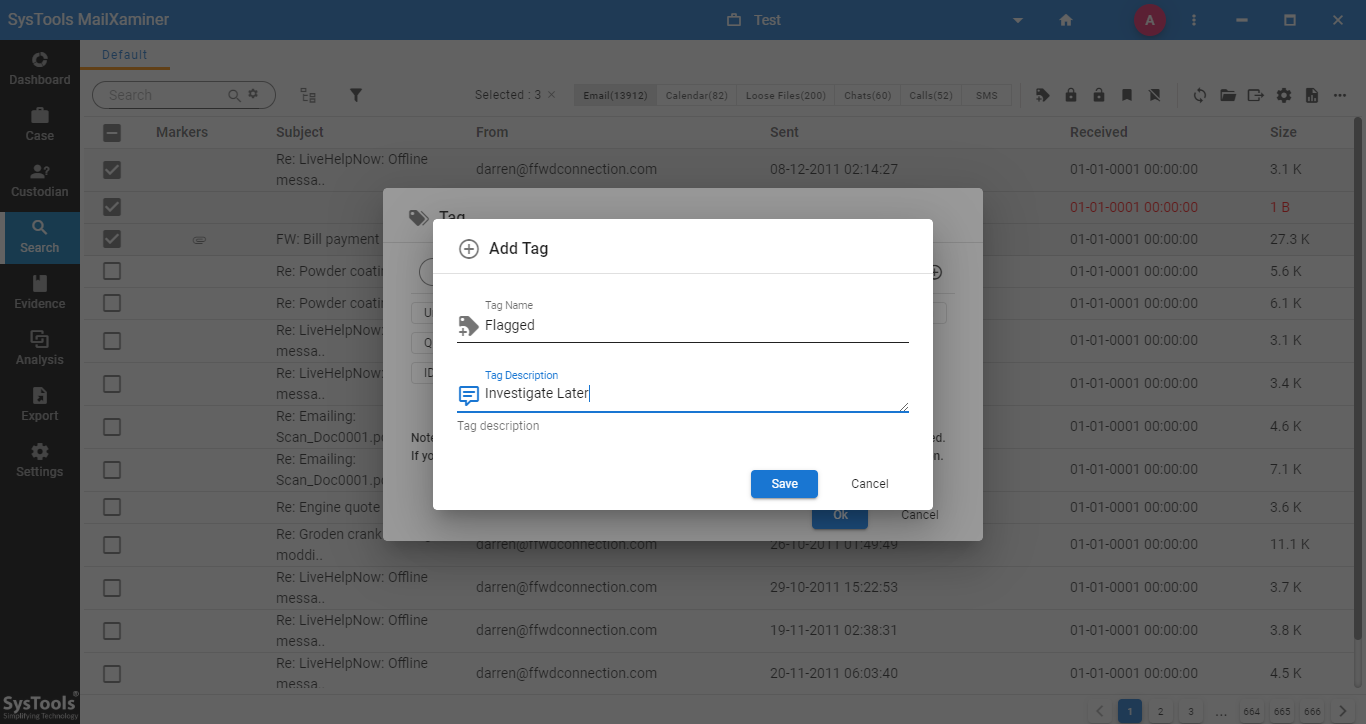
Step 5. Next, you can navigate to the Tags tab and search for the tag as per requirement.
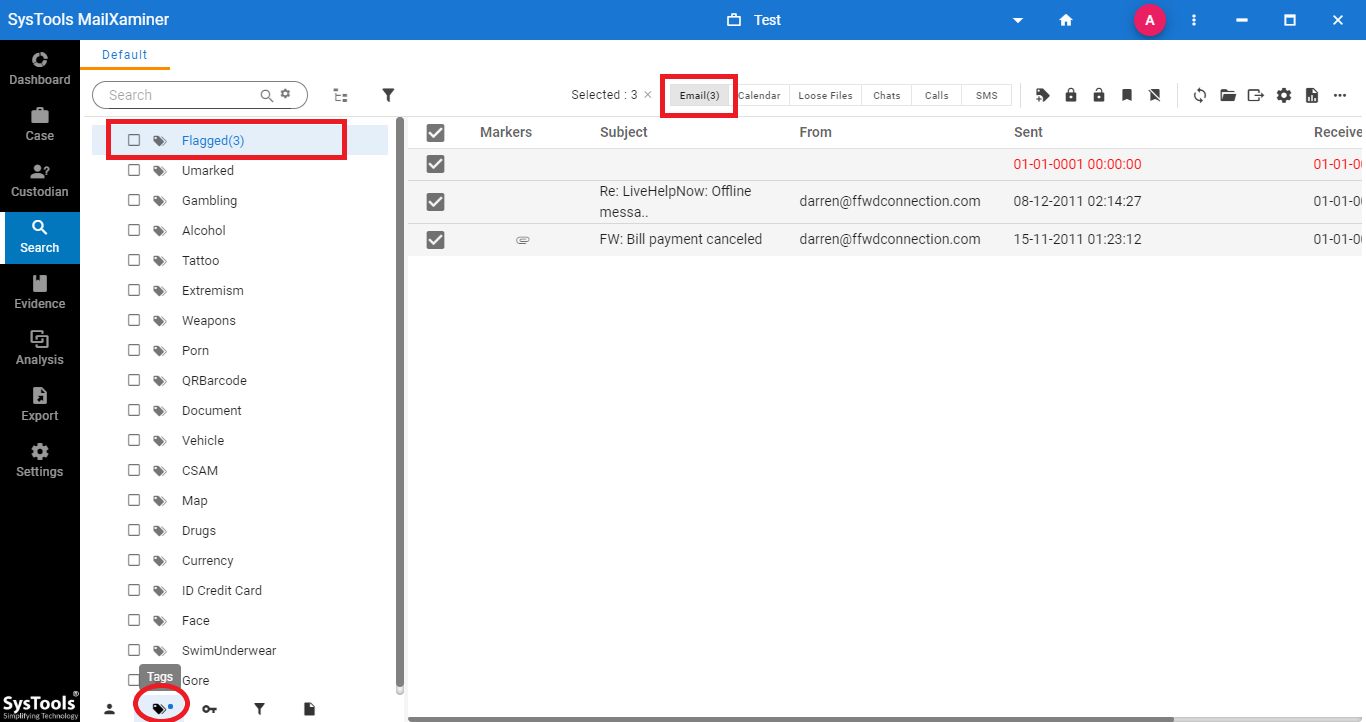
Note: There is a separate Tag filter option in the tool that suggests generic tags. You can use those tags or search your tags to narrow down the searches.

Tagging and Labeling of Evidence Best Practices
When it comes to strategically tagging and labeling, there are some best practices you need to follow.
- Create a Complete Categorization: Forensic investigation in the digital world can be clumsy if you don’t organize and manage the data. Thus, for a smooth execution, develop a catalog that contains different types of digital evidence then tag them accordingly.
- Use Case-Specific Labels: Each case in a digital investigation demands different information. Thus, customize the tagging and labeling of evidence according to the specific needs of each case.
- Maintain a Detailed Audit Trail: It’s essential to implement an audit trail documenting all taggings and labelings. It aids in transparency and also helps forensic professionals defend their process integrity at the court.
- Use Professional Tools for Tagging: Manually tagging crucial emails by writing them on paper or maintaining them on an Excel sheet could be exhausting. Also, it could slow down the investigation process. Thus, it’s always better to rely on professional tools such as the above-mentioned software when tagging and labeling email evidence.
- Educate Forensic Teams: Arrange training sessions for forensic experts to let them understand the importance of consistent and accurate tagging and labeling.
Conclusion
Reliability and accuracy of evidence could make or break the case. Thus, tagging and labeling of evidence plays an important role in the success of the investigation. Hence, in this write-u, we described why tagging and labeling are important, how you can do it, and last but not least some of the best practices for the same.



